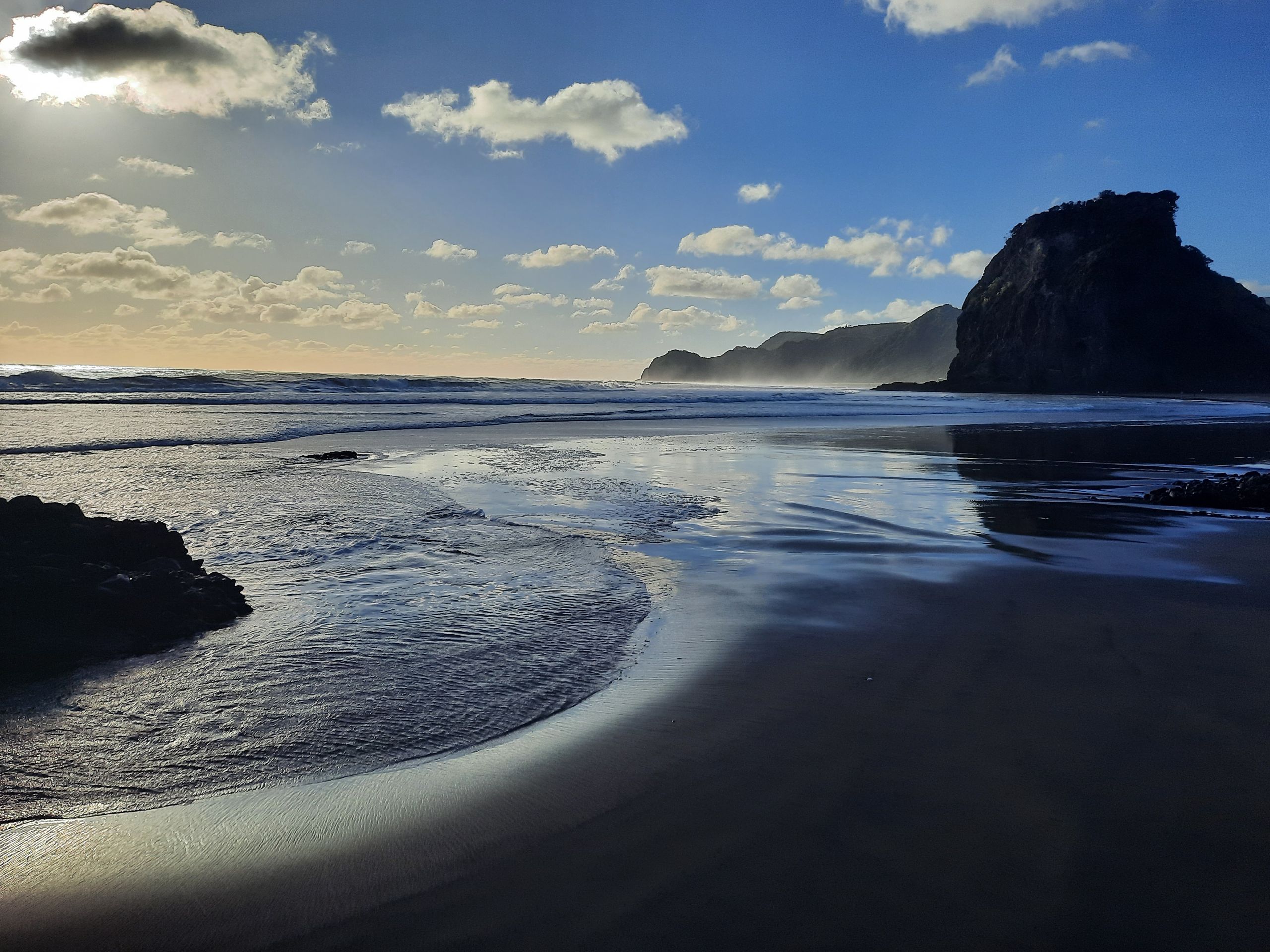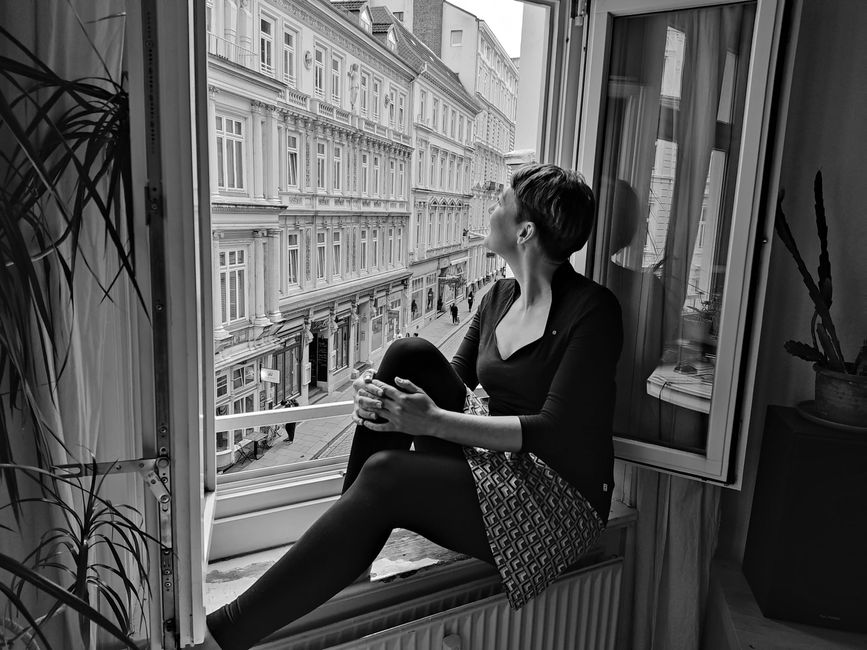Of light and shadow. Or: What else I wanted to write about Canada 1/2
Нашр шудааст: 29.09.2023
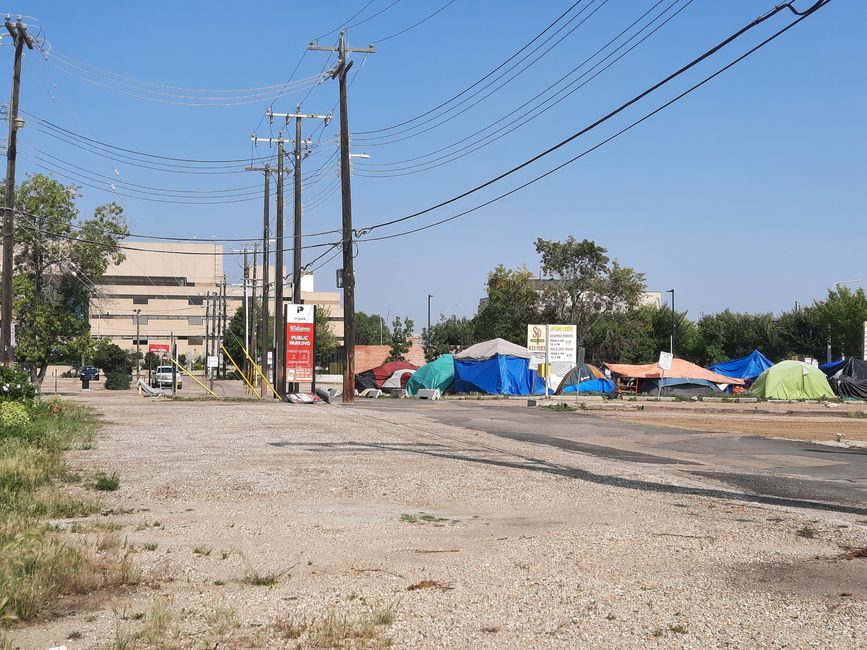
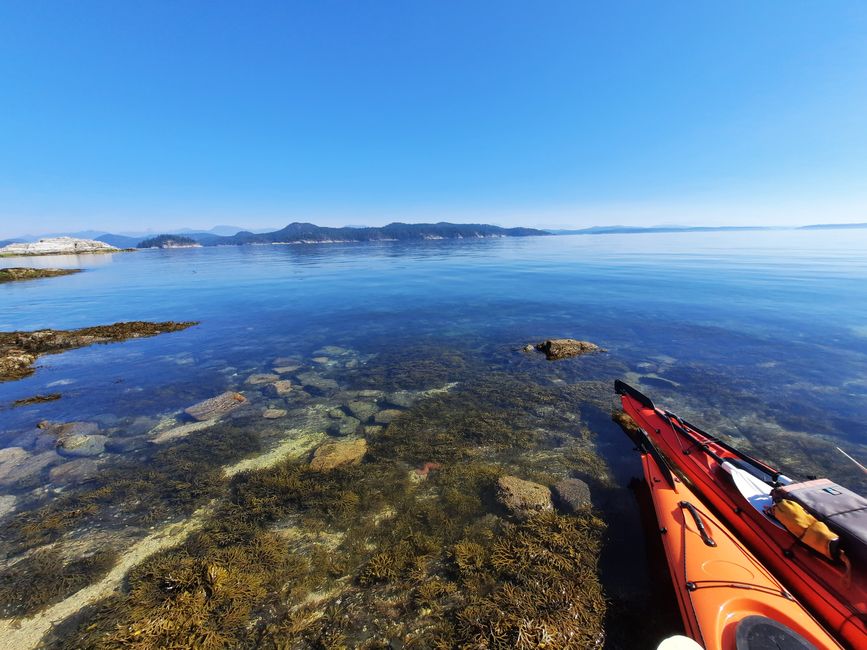
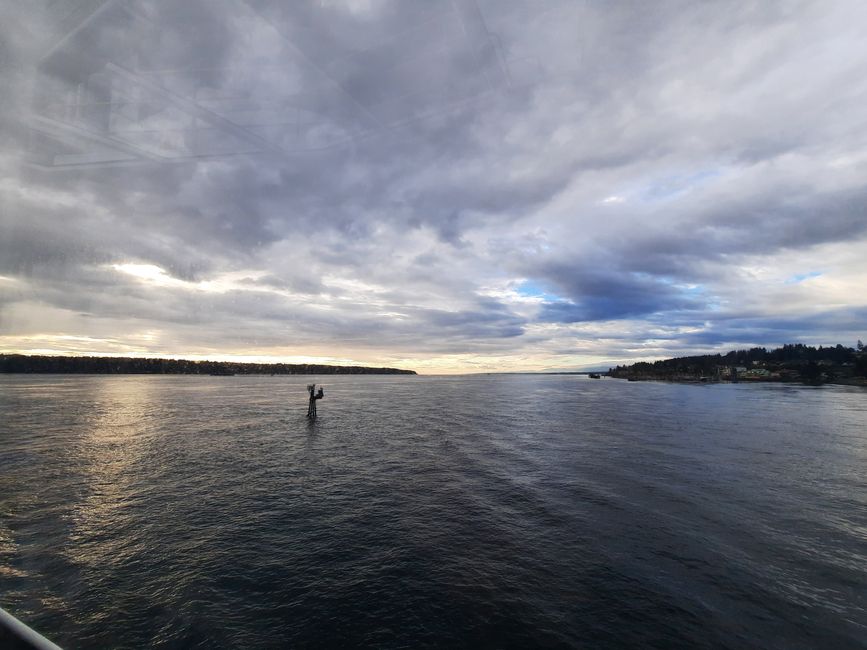
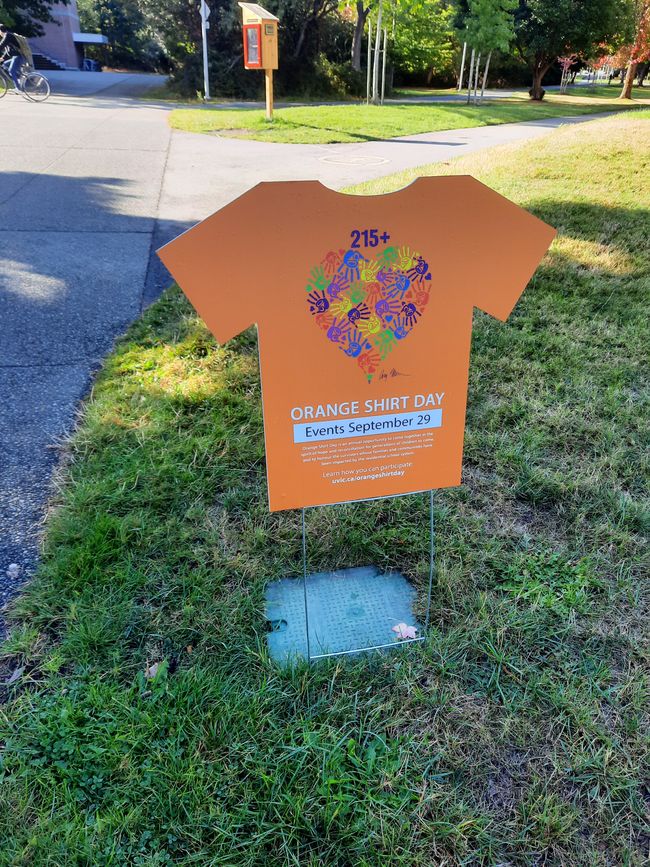
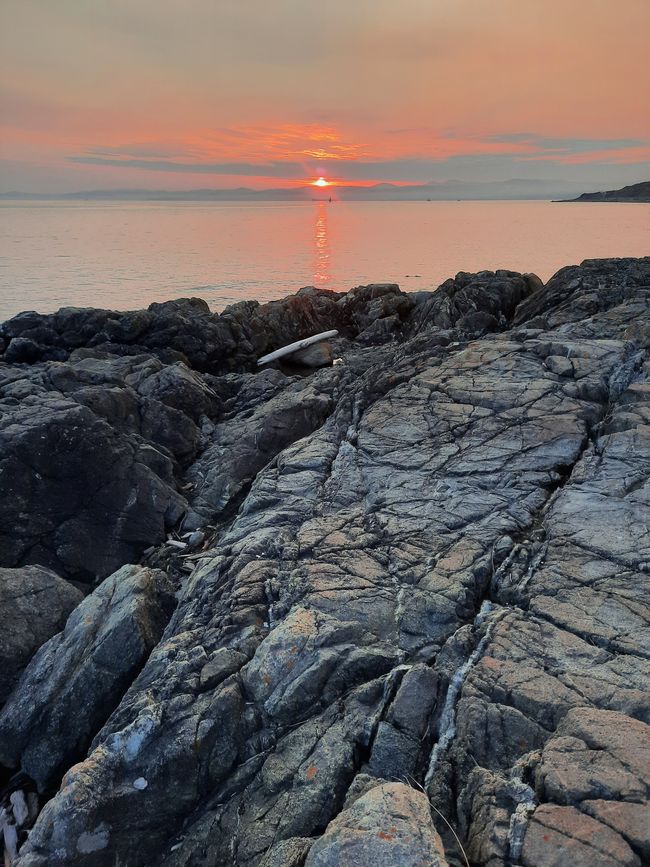
Ба бюллетен обуна шавед
Almost three months in Canada and (almost) once through the entire north of North America;
by land and sea.
In short: an experience.
From a lot of distance, a lot of distance;
of vastness, wilderness, water,
impartiality, the feeling of freedom;
Of work and complex tasks;
of languages;
of different stories;
from super friendly people, from small talk - compliments on (almost) every corner. I don't know how many times in the last few months I've heard how cool my shoes, my wallet, my glasses, my haircut, my pants, my top, my backpack, my bag, my backpack are;
just like that,
in passing;
And I wear the same clothes, glasses, the same hairdresser as in Europe,
like it has been for about three years.
Sometimes the salesman in the supermarket, a waitress, the woman at the bakery, just someone crossing the street, the young woman at the bus stop.
And all of a sudden you start to notice little things, even in and for others. "Hey, how are you today?" ; "Did you enjoy the sun yesterday? A bit of summer is still there!" ; "Where are you headed?" ;- the classic small talk.
In Canadian it goes a little further.
And I like to take part:
What great earrings the seller has!
And tell her.
We smile.
She tells us who made it for her and what kind of material it is. "It was nice chatting with you!" You leave and think: “What a beautiful day!”.
So easy.
So normal.
So beautiful.
But there are dark sides in Canada too. It would be too one-sided, actually not possible, to ignore it.
I can't help but wonder whether people with non-light skin skin also often, actually almost always, when there is no suitable change for the ticket, are greeted by the bus driver with a friendly: "You'll just pay next time." or just: "Don't worry! Welcome on board!" - "No problem! Welcome aboard!" to be greeted and taken away in a friendly manner - without a ticket.
The Canadian cities that I got to know are great, have an exciting atmosphere, life and joy of life can be felt on almost every corner. In addition, there is mostly spectacular scenery just a stone's throw away: mountains, sea, lakes, forests. If you want to be outside, you can be outside all the time, you are tempted to do so, there is actually no other choice. Presto, you are in the wilderness, connected to nature, somehow calm.
And yet: everything here has its price. I estimate the cost of living is about ⅓ higher than in Germany, the average salary is about the same, if I am correctly informed. In some corners - in every city - you also come across sheer, pure poverty, extreme hardship and homelessness.
I often had the feeling that it suddenly became 10 degrees colder in a stuffy, heated city in the Canadian summer: social and societal problems, drugs;
Tent city in dream city,
Dream city after tent city,
also in Vancouver,
also in Toronto,
Calgary,
Winnipeg,
Edmonton.

Beach camping on the West Coast Trail was incredibly beautiful, wild and somehow romantic. In Victoria, people live in huts on the beach made from driftwood that they put together themselves. Even though Victoria is considered the warmest city in Canada, I missed the wonderful "tent feeling" of the west coast.
I have the impression that the pure hardship and tent cities are not (yet?) as great as in some corners of the USA, but still. I haven't been all over the world, but I'm particularly familiar with such stark contrasts between rich and poor in North America.
In addition - and another topic - especially in this Canadian summer: Even in Winnipeg, hundreds, thousands of kilometers away from fires, it smelled of smoke for days; On some days the sun could only be seen behind a gray veil. In British Columbia, BC, the province where Vancouver is located, the sunsets and sunrises are incredibly beautiful, right now: orange, red, dark red, purple, all over the sky. Beautiful.

But that is also due to the forest fires. The smoke and dirt in the air makes the sun appear (even) more beautiful; - How absurd, grotesque, sad when you really think about it.
In many places on the smaller islands off Vancouver Island you have the feeling that you are going straight out to sea.
But that too is a beautiful illusion: you just can't see the many mountains;


it's too smoky
too smokey.
Even Google sometimes (and still does) tell you 'smoke' as a weather forecast.
There are still fires in Canada, although not as much as in midsummer. It hardly rained and has been getting less and less for years; Forest fires, which are also a part of summer in large parts of Canada - to a lesser extent - are increasing extremely. This year it reached unprecedented levels. Hardly anyone disputes that it is caused by climate change, but it is also due to the monoculture in the forests and the Canadian timber industry.

The day after tomorrow, September 30th, is the Day for Truth and Reconciliation , colloquially known as "Orange Shirt Day" - a day on which many wear an orange top - in memory and to honor the victims of the residential schools, the Canadian compulsory boarding schools for indigenous children (see the blog post from August 12, 2023 / From the Icelandic minority, indigenous peoples and multiculturalism in Canadian).
The day will be celebrated as an official and statutory holiday in British Columbia for the first time this year. There are demonstrations, events and cultural programs in many places. The experiences of indigenous people and, above all, the genocide committed against them, the survivors of the residential schools, the forced boarding schools, are in the foreground. That sounds promising at first.
When is “sometime enough”? How does Canadian society treat indigenous people today and what about structural racism? How will compensation be paid, from when and to whom? Who gets to decide what coexistence should look like in which regions? Which language appears first on public signage? Which names are used for towns and island groups - those of the indigenous people or those of the Europeans who colonized the country? What space does the language and culture of indigenous peoples occupy in Canadian multiculturalism, in schools, at universities?
More?
Too little?
Enough already?
There is a lot of debate about this, especially around such memorial days.
Ба бюллетен обуна шавед
Ҷавоб

Ҳисоботи сафар Канада
